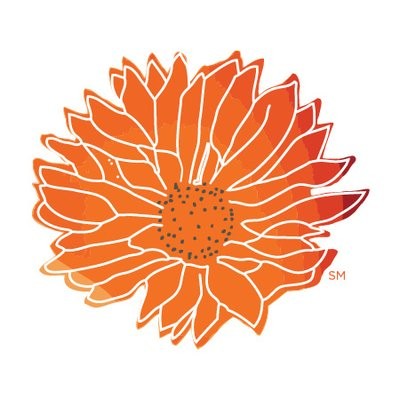Biophilia
Edward O. Wilson explains the concept of biophilia and makes the case that humanity’s natural affinity for life unites us as a species.
Edward O. Wilson (Cambridge, MA: Harvard University Press, 1986).
“Biophilic Design: An Opportunity to Regenerate Life”
Amanda Sturgeon, advocates for a more widespread inclusion of biophilic design, in order to reconnect people and nature through the built environment.
Amanda Sturgeon (Trim Tab Issue 30, August, 2016)
https://trimtab.living-future.org/trim-tab/biophilic-design-an-opportunity-to-regenerate-life/
Biophilic Design: The Theory, Science, and Practice of Bringing Buildings to Life
This book covers the theory, science, and benefits of biophilic design, as well as implementation strategies and processes.
Stephen R. Kellert, Judith Heerwagen, and Martin Mador (Hoboken, NJ: Wiley, 2008).
Biophilic Design Guidebook
This guidebook was developed to help LBC 3.1 project teams develop more biophilic projects and comply with the requirements and intent of LBC 3.1 Imperative 09 – Biophilic Environment. An updated Guidebook, specific to LBC 4.0 Imperative 19 – Beauty + Biophilia is forthcoming.
https://www2.living-future.org/l/464132/2019-03-25/ghpnlf?RD_Scheduler=BD
Biophilic Design Toolkit
The Biophilic Design Toolkit is a collection of resources to help designers explore biophilic design and promote human-nature connection in the built environment. The toolkit can be explored in any order and provides guidance, inspiration, and support for key activities.
https://storage.googleapis.com/education-living-future-org/ILFI-Biophilic-Design-Toolkit-Version1-May-2022/index.html#/
Biophilic Map
Examples of projects around the world that have effectively incorporated biophilic design elements.
https://maps.living-future.org/
Building for Life: Designing and Understanding the Human-Nature Connection
Book explaining Stephen R. Kellert’s paradigm of “restorative environmental design” as an architectural model of sustainability.
Stephen R. Kellert (Washington, DC: Island Press, 2005).
Creating Biophilic Buildings
Through the use of historical and modern examples, this book provides imagery, methodologies, and lessons learned as well as tools and resources as a starting point on the pathway to creating truly biophilic buildings.
Amanda Sturgeon, FAIA (Seattle: Ecotone Publishing, 2017).
Encyclopedia of Vernacular Architecture of the World
Three-volume collection exploring the concepts and examples of vernacular architecture, which gives a sense of belonging that is unique to the locality.
Paul Oliver, Ed. (Cambridge University Press, January 13, 1998).
The Architecture of Happiness
Book exploring the psychological connection between our identities and our locations.
Alain de Botton (New York: Vintage International, 2006).
“The Economics of Biophilia”
Report that covers examples of biophilic design strategies with low up-front costs that result in healthy returns.
Bill Browning, Chris Garvin, Catie Ryan, Namita Kallianpurkar, Leslie Labruto, Siobhan Watson, Travis Knop (Terrapin Bright Green, 2014).
https://www.terrapinbrightgreen.com/report/economics-of-biophilia/
The Shape of Green: Aesthetics, Ecology, and Design
Book exploring the relationship between sustainability and beauty, in order to bridge the gap between “good design” and “green design”.
Lance Hosey (Washington, DC: Island Press, 2012).
“Using Biophilic Design to Heal, Body, Mind, and Soul”
Amanda Sturgeon’s 2019 TEDMED presentation on the benefits of biophilic design.
Amanda Sturgeon, TEDMED (TED, February, 2019).
https://www.youtube.com/watch?v=uAmbZCtNC9U



